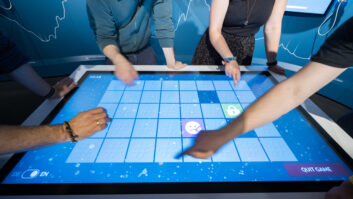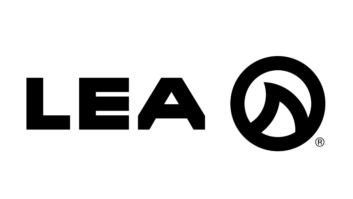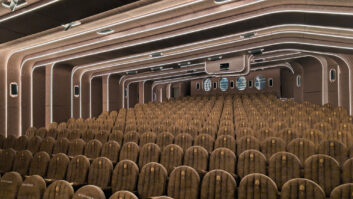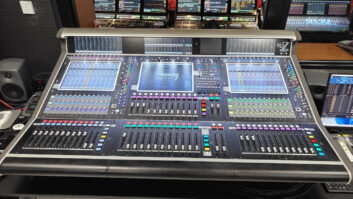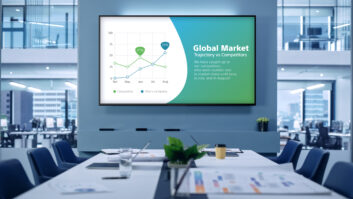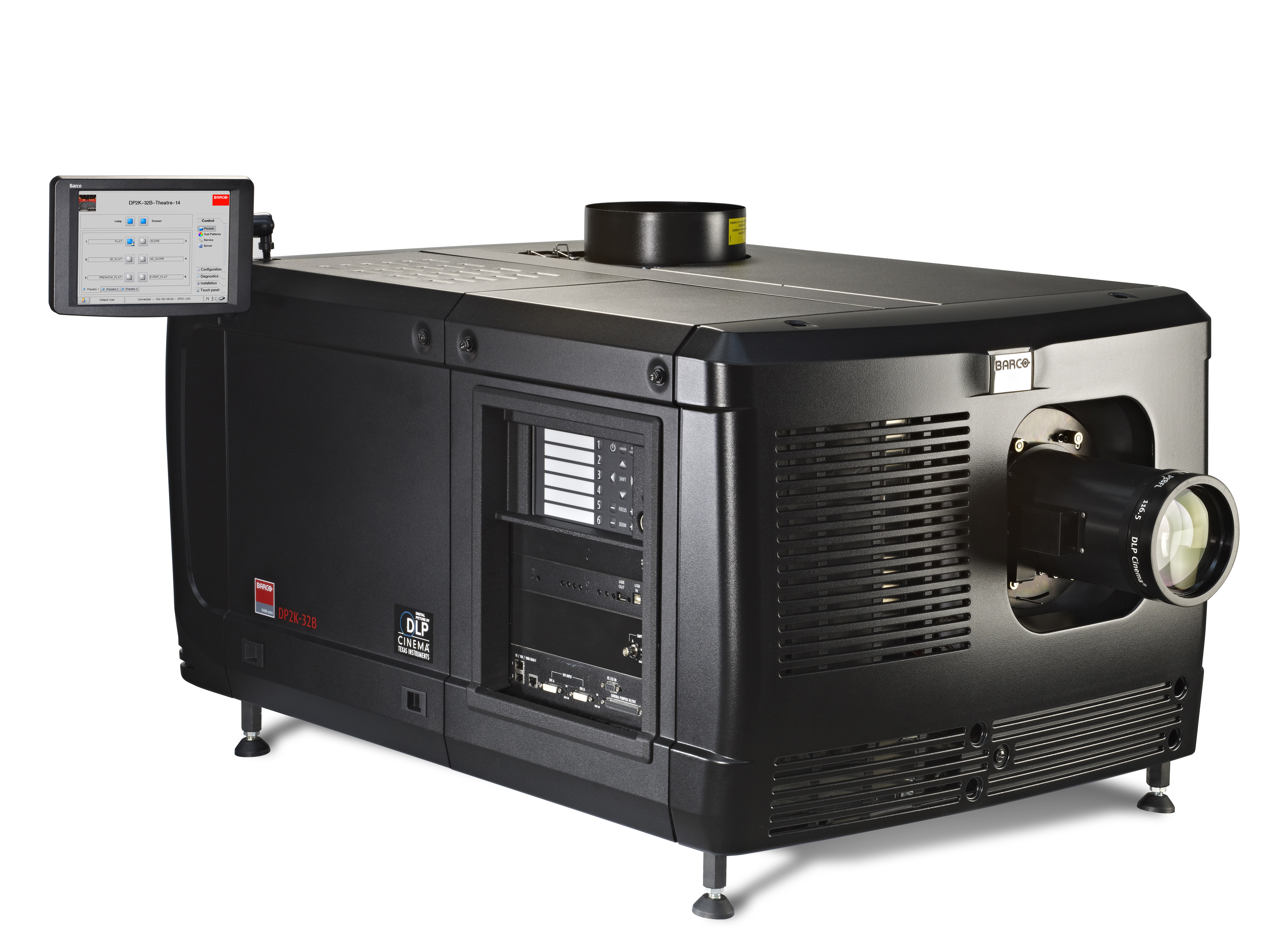
Digital cinema is perhaps the pinnacle of digital projection achievement. Four manufacturers dominate this market: Barco, Christie and NEC all licence DLP Cinema technology from Texas Instruments, with a cumulative market share estimated at around 90%, while Sony is the lone representative of the liquid crystal camp with its SXRD technology. Whatever the underlying technology, these projectors are characterised by three factors: high brightness – it takes over 30,000 lumens to put an image on a 100ft screen (Barco claimed a Guinness World Record back in 2010 for its DP2K-32B with brightness of 43,000 lumens) – high resolution (4K is, increasingly, becoming the norm), and optimisation of the electronics to generate a ‘film-like’ (rather than ‘video-like’) image.
Taking their place just below digital projectors in the projector hierarchy, but designed for a completely different application set, are so-called ‘large venue’ projectors. Here too, the primary distinguishing feature is brightness, with levels comparable to those of digital cinema projectors. It’s possible to sub-divide this market into two: fixed install, and rental/staging. In either case, the range of potential positions within a projection space is enormous, mandating the provision of a broad range of lens options. Because the projector could be placed just about anywhere, remote control is often a pre-requisite to account for accessibility issues. Certain applications call for more brightness than a single projector can deliver, meaning that projectors need to be designed for stacking. NEC’s PX700W can be stacked up to four high for total light output of 28,000 lumens. Stacking is also giving rise to important functionality such as edge blending; the aptly named Christie Roadie range is a good example of the genre, while Barco’s offering comprises close to a dozen models with brightness between 8,000 lumens and 40,000 lumens. Surpassing even that is Digital Projection – one of the first-ever licensees of TI’s DLP technology – with over 40 models in its TITAN family.
In both areas of large venue projection, multi-lamp is widely used either to deliver higher brightness, or failsafe, or extended gaps between maintenance visits – or all three. The Panasonic PT-EX16KE, for example, features no fewer than four lamps.

